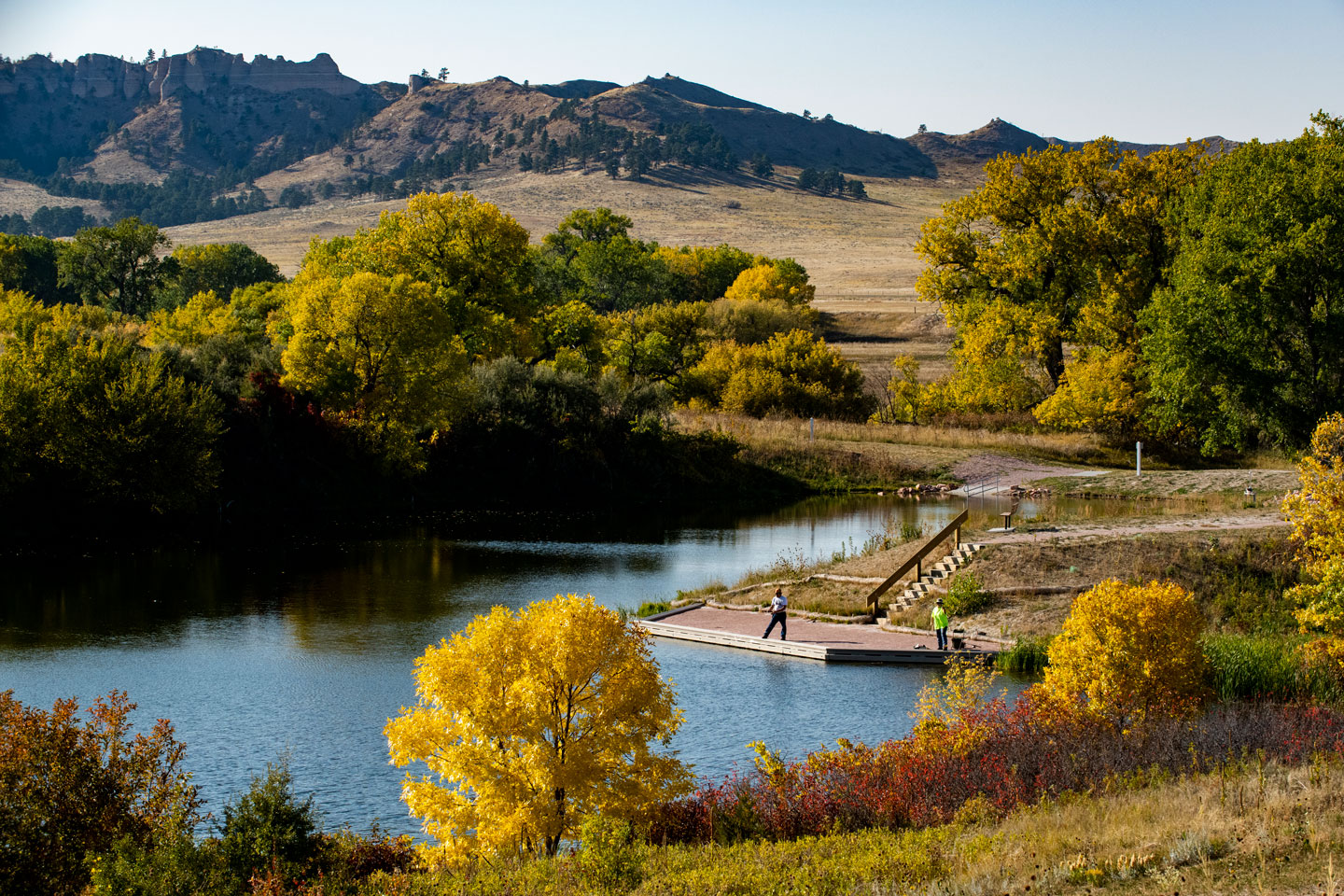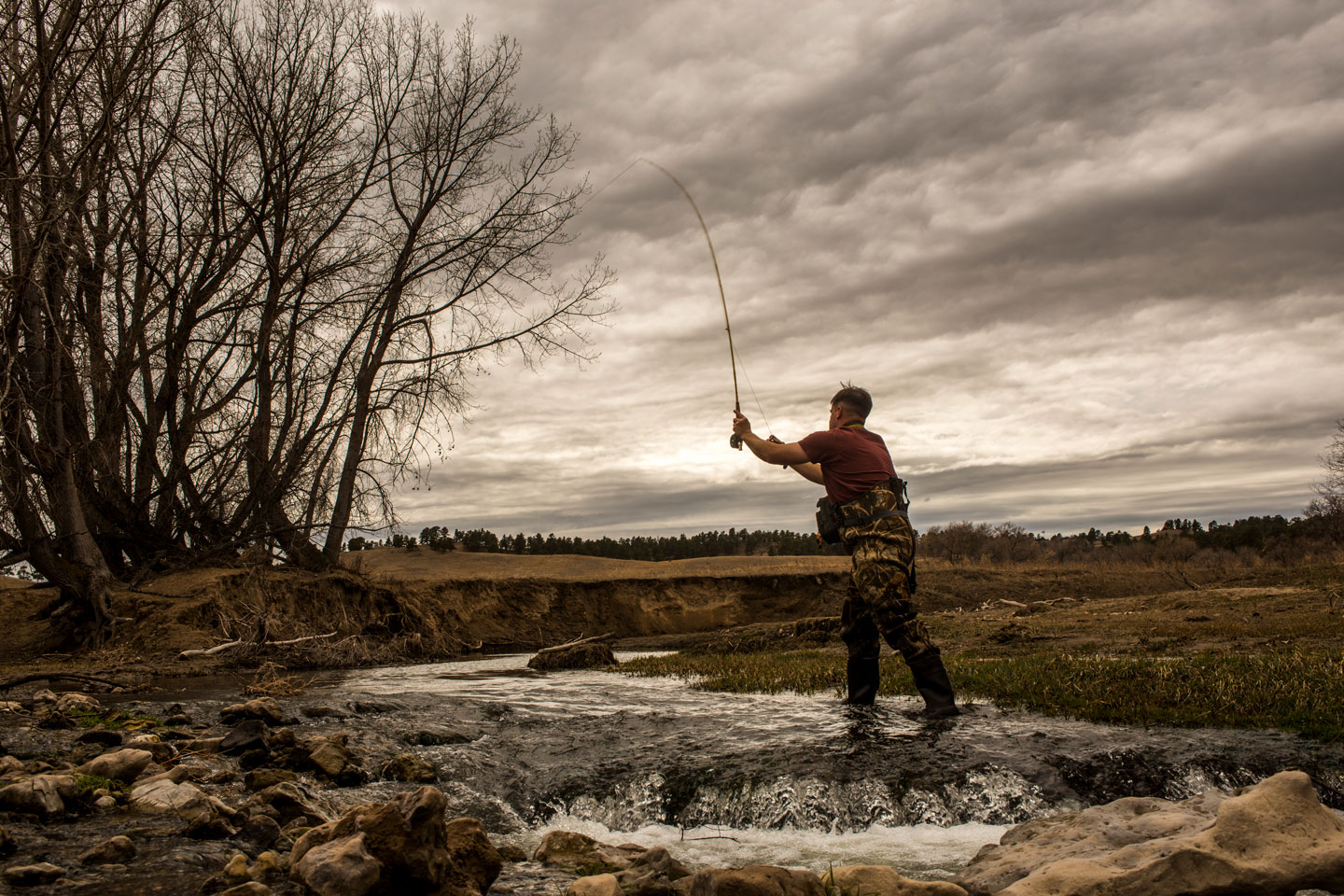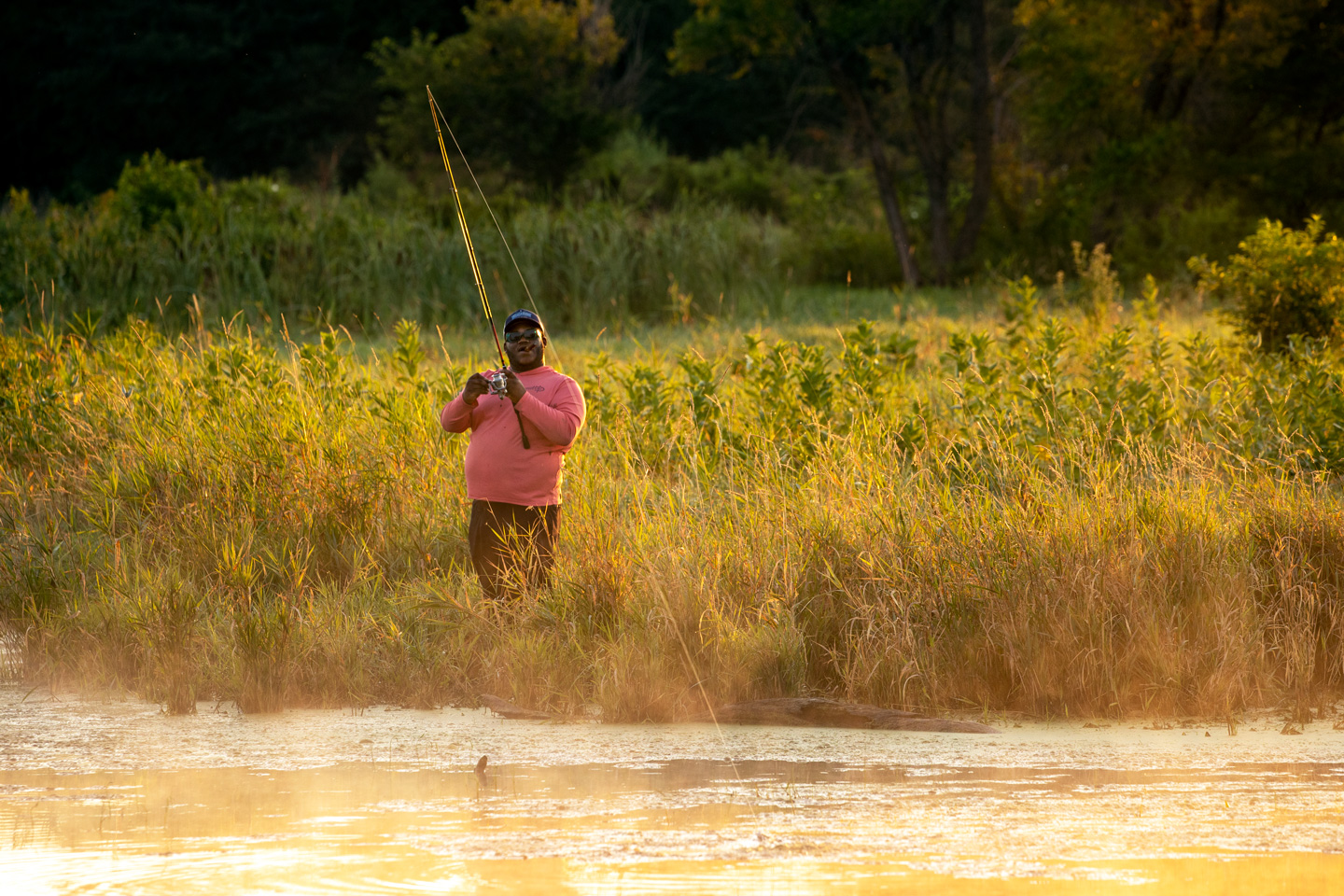- Improved accessibility to water through the installation of boat ramps, kayak launches, fishing piers and sidewalks or paths to the waterfront.
- Improved water quality and clarity that benefits the entire watershed.
- Creation of wetland and wetland complexes, which promotes species diversity and richness, filters pollution, stores sediment and captures nutrients that otherwise would cause harmful algae blooms.
Aquatic Habitat Program
The Aquatic Habitat Program works to improve conditions for aquatic life through better management or rehabilitation of existing resources, and collaboration with partners.
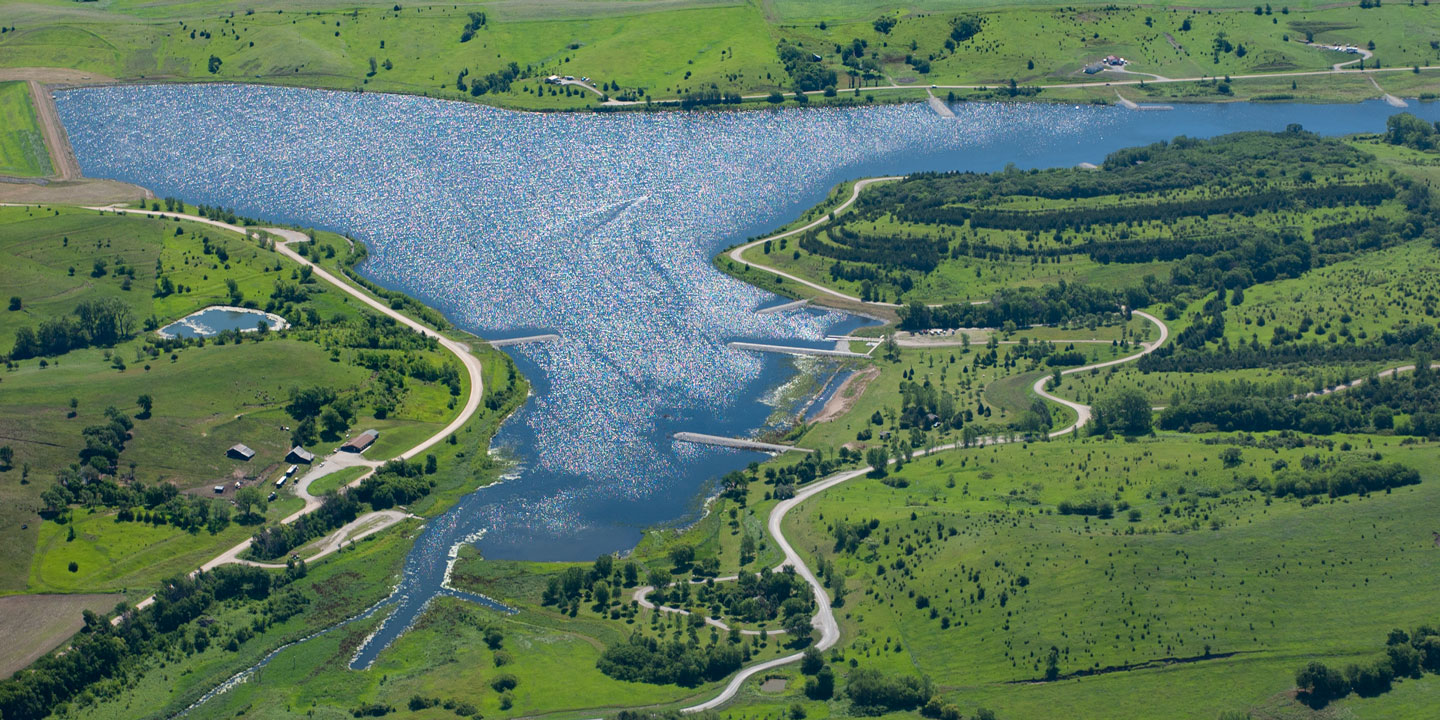
The Aquatic Habitat Program works to improve conditions for aquatic life through better management or rehabilitation of existing resources. Since its inception in 1997, the program has generated more than $90 million for improvements to 137 water bodies in Nebraska.
Funding for this program is provided by the purchasing of the Aquatic Habitat Stamp, which is included in the price of a fishing license. Nebraska was the first state in the nation to require such a stamp, without which these projects wouldn’t be possible. The program’s impact goes beyond fish. Nebraskans who enjoy recreating on or near the water also benefit.
Benefits beyond fish
In addition to improved fisheries, the Aquatic Habitat Program has wide-ranging benefits for Nebraskans. They include:
- Generates recreational opportunities through the improved health of a waterbody, including kayaking, camping, hunting, wildlife viewing and outdoor photography.
- Increases biodiversity through attracting or creating habitat for migratory and water birds, muskrats, beavers, otters, aquatic plants and also deer and turkeys.
Designing fish-friendly reservoirs
Restoring new life to ageing waters can be expensive. The program can provide technical assistance on reservoir design and construction methods to ensure new reservoirs are designed to incorporate features that extend their functional life spans. Effective planning will ensure reservoirs can fully support healthy fish populations for people to enjoy.
In certain cases, the program can also provide financial assistance to incorporate in-lake fish habitat, shoreline angling areas and boating access to new public waters.
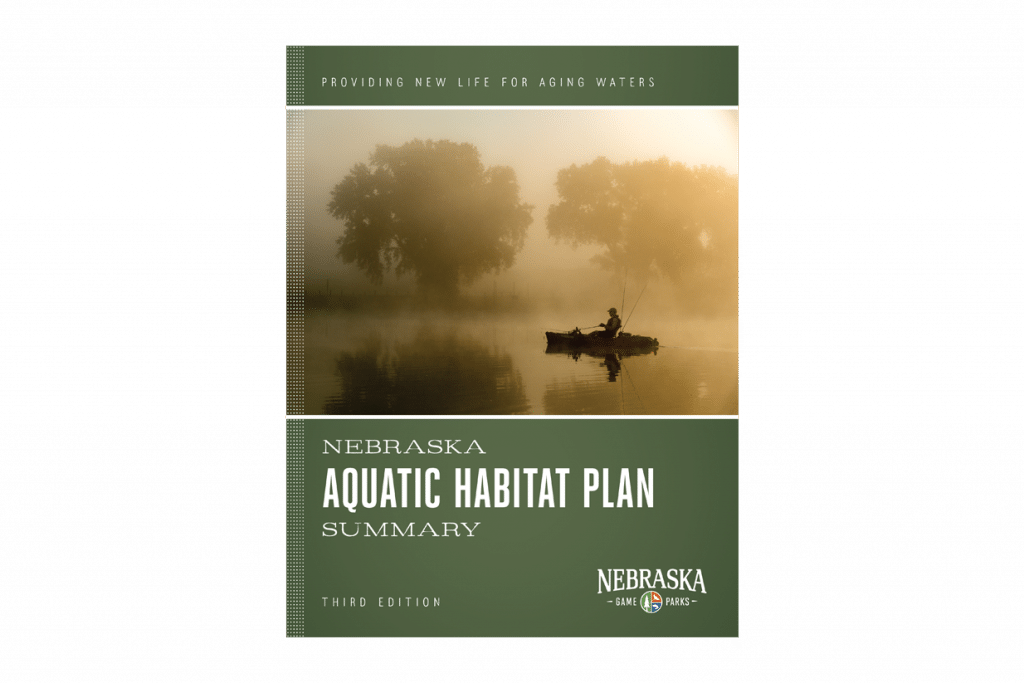
Aquatic Habitat Plan
In 2025, the third edition of the Aquatic Habitat Plan was released. It identifies and outlines 71 anticipated aquatic habitat restoration and angler access projects on water bodies across the state. It also provides the flexibility to add projects that align with the goals of the Aquatic Habitat Program.
Featured projects
Aquatic Habitat Projects have been conducted on every type of water body in Nebraska. Below, explore a few projects that have been completed since the program began.
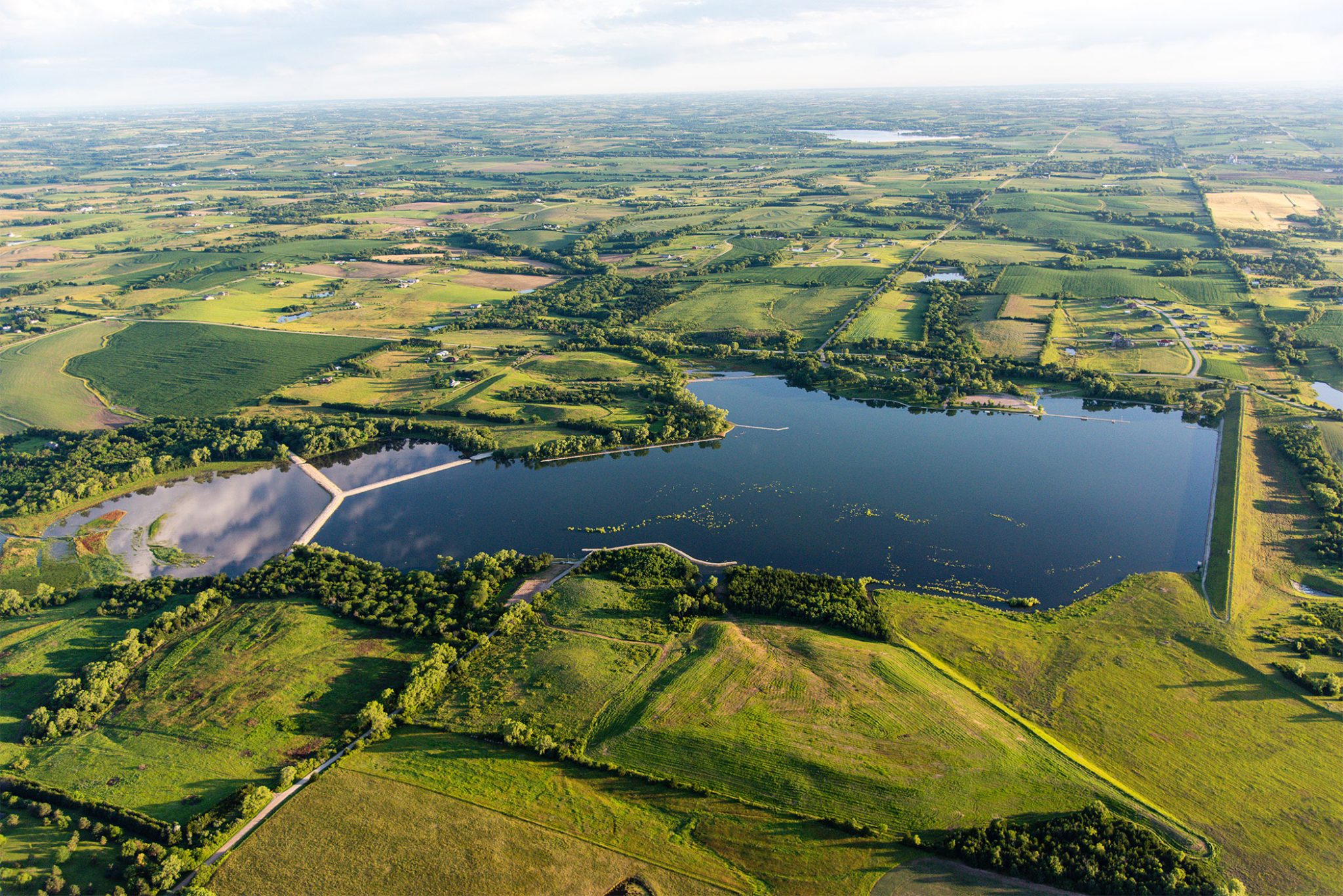
Conestoga SRA Project
Conestoga State Recreation Area was the site of the largest Aquatic Habitat Program project in the first 25 years of the program.
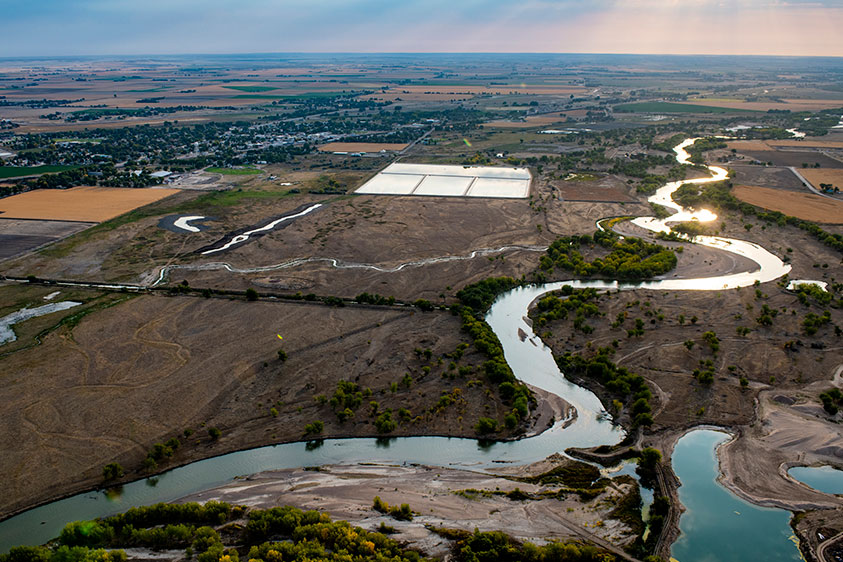
Dry Spotted Tail Creek Project
Dry Spotted Tail needed reconnected to the floodplain to support cool-water aquatic species as well as the ecosystem.
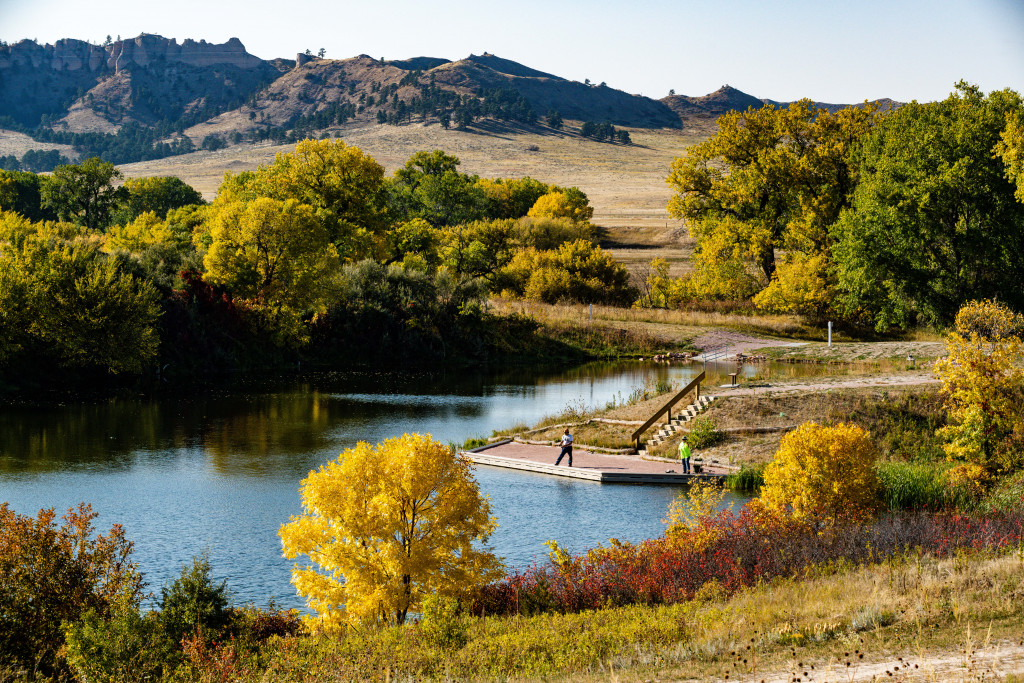
Fort Robinson State Park Project
The four Grabel Ponds became three with the joining of the two southernmost reservoirs joined by a riprap-lined channel.
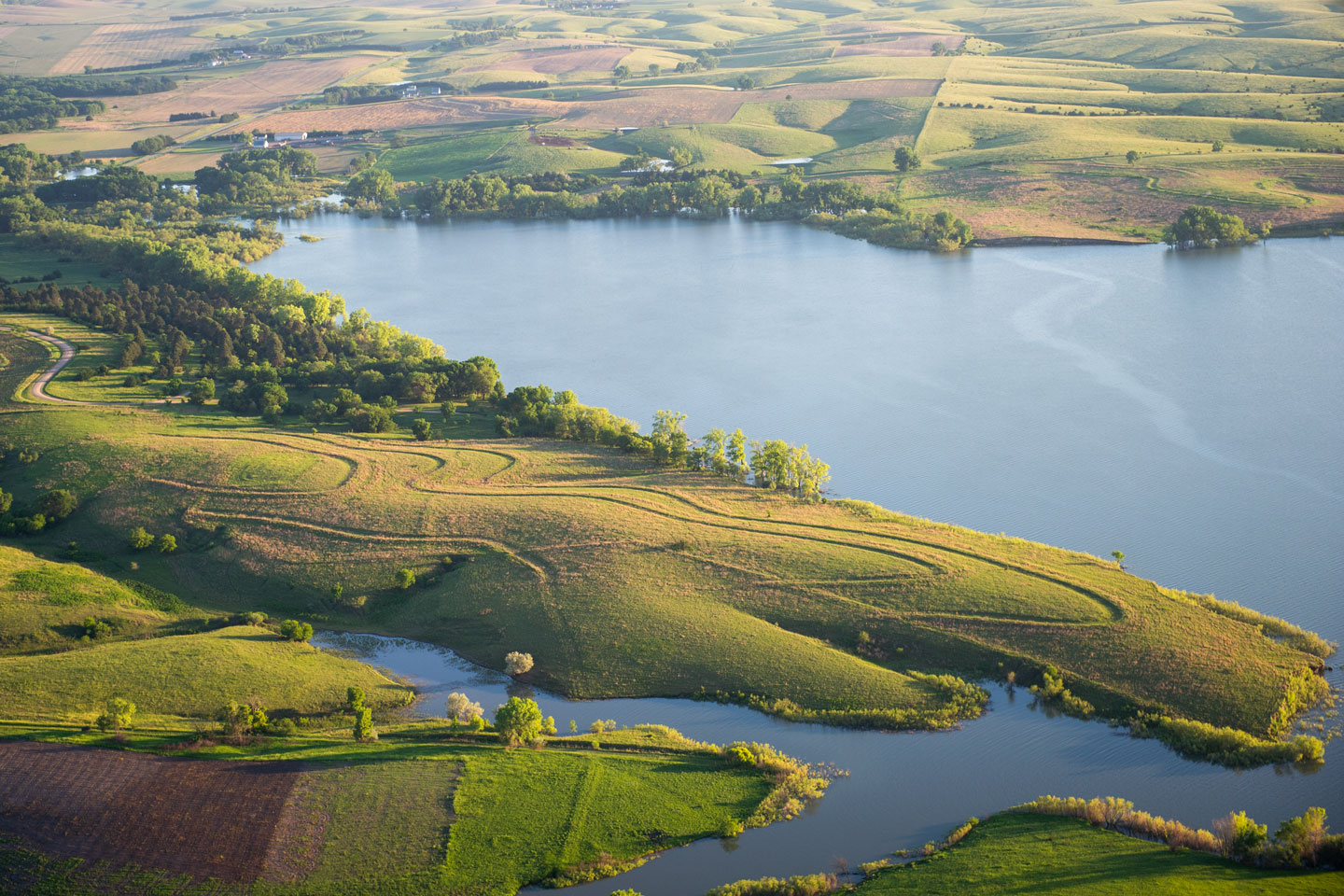
Sherman Reservoir SRA Project
Sherman Reservoir suffered from extreme shoreline erosion, varying water elevations and sediment accumulation prior to its renovation.
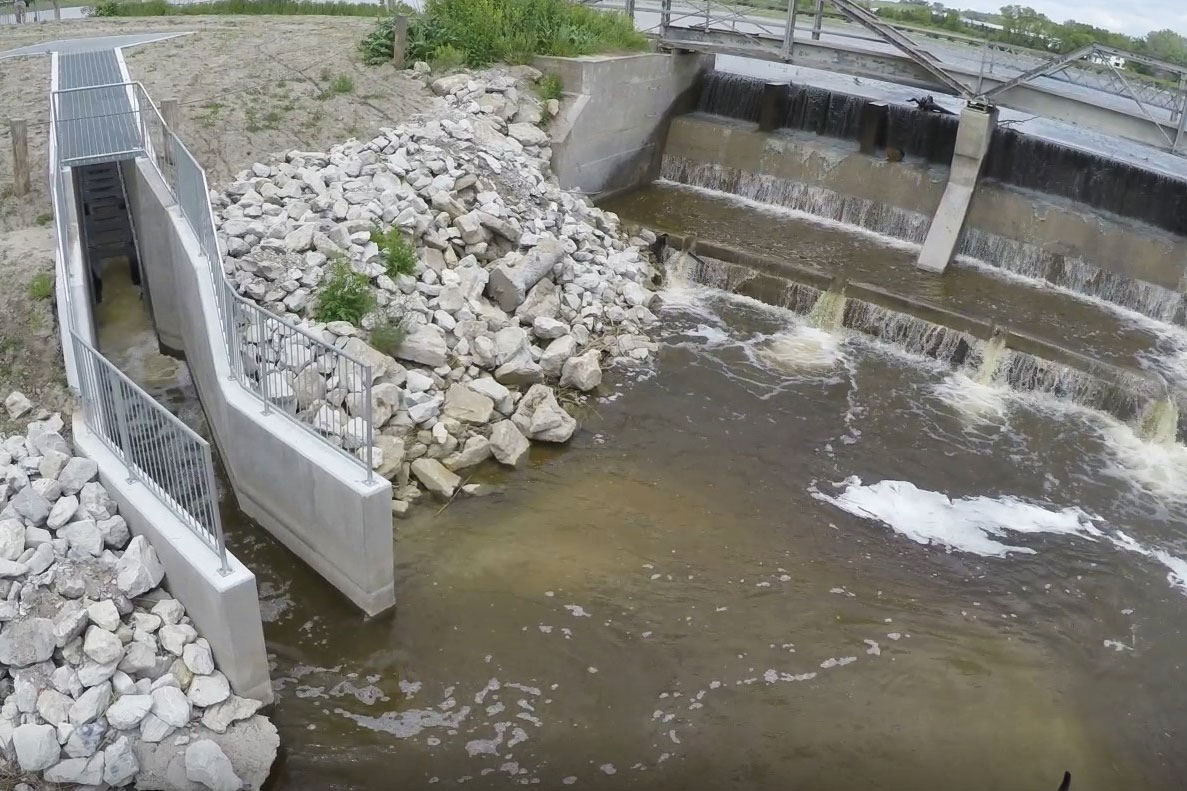
Spalding Fish Bypass Project
A fish bypass now allows migration around the dam and allows fish populations to repopulate the Cedar River above.
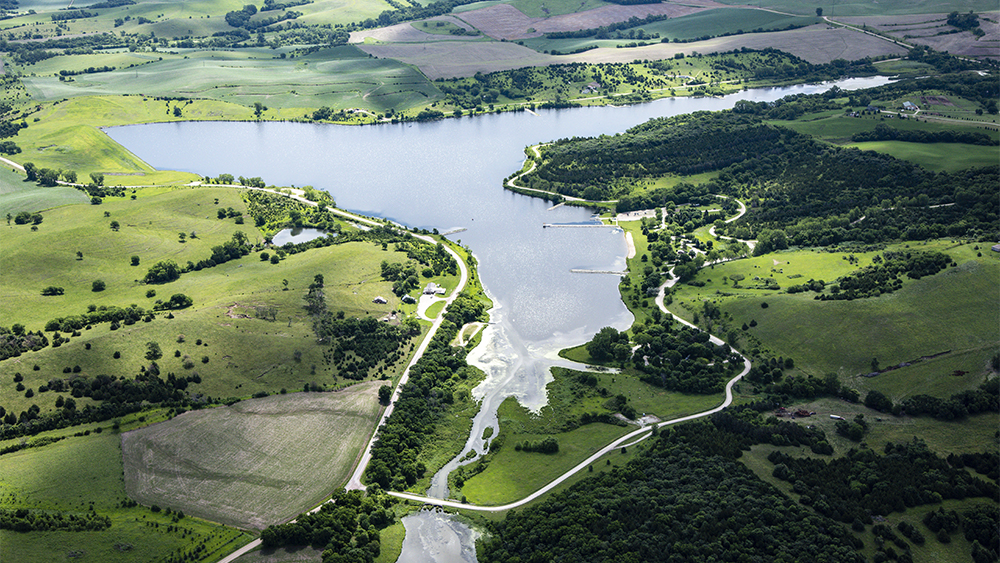
Summit Lake Project
Summit Lake was one of the first large-scale aquatic rehabilitation projects undertaken after the creation of the Aquatic Habitat Program.
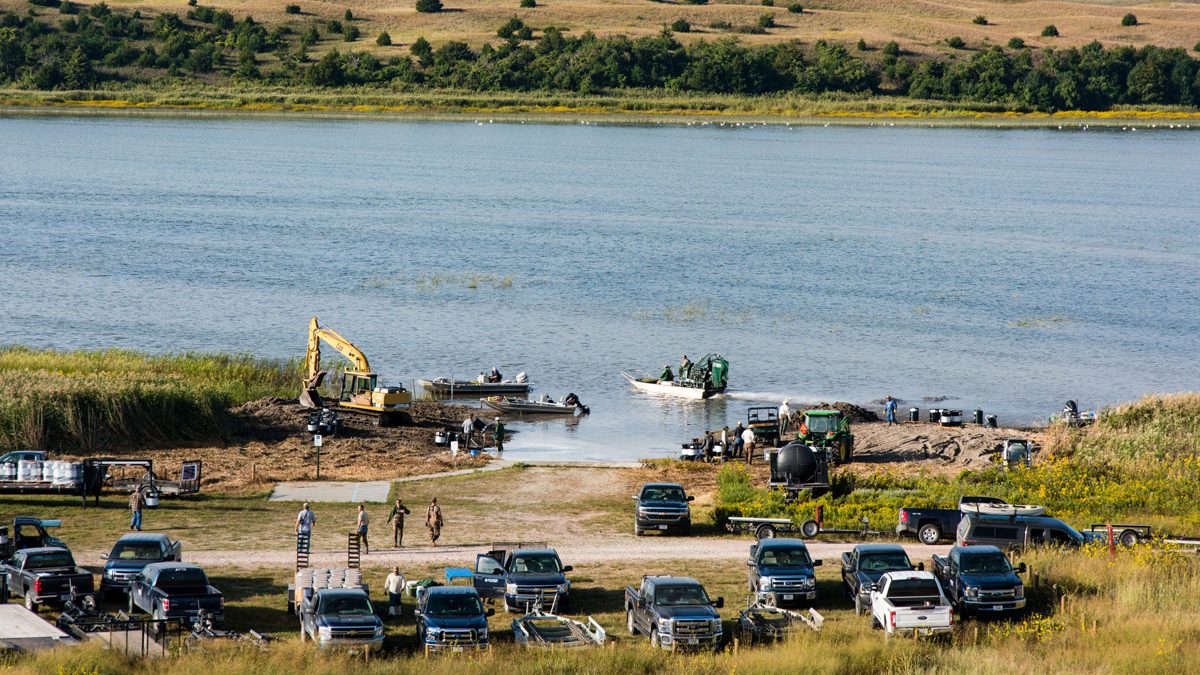
Valentine NWR Project
The goal of this multi-year project at Valentine National Wildlife Refuge was to limit fish passage and control high densities of carp.
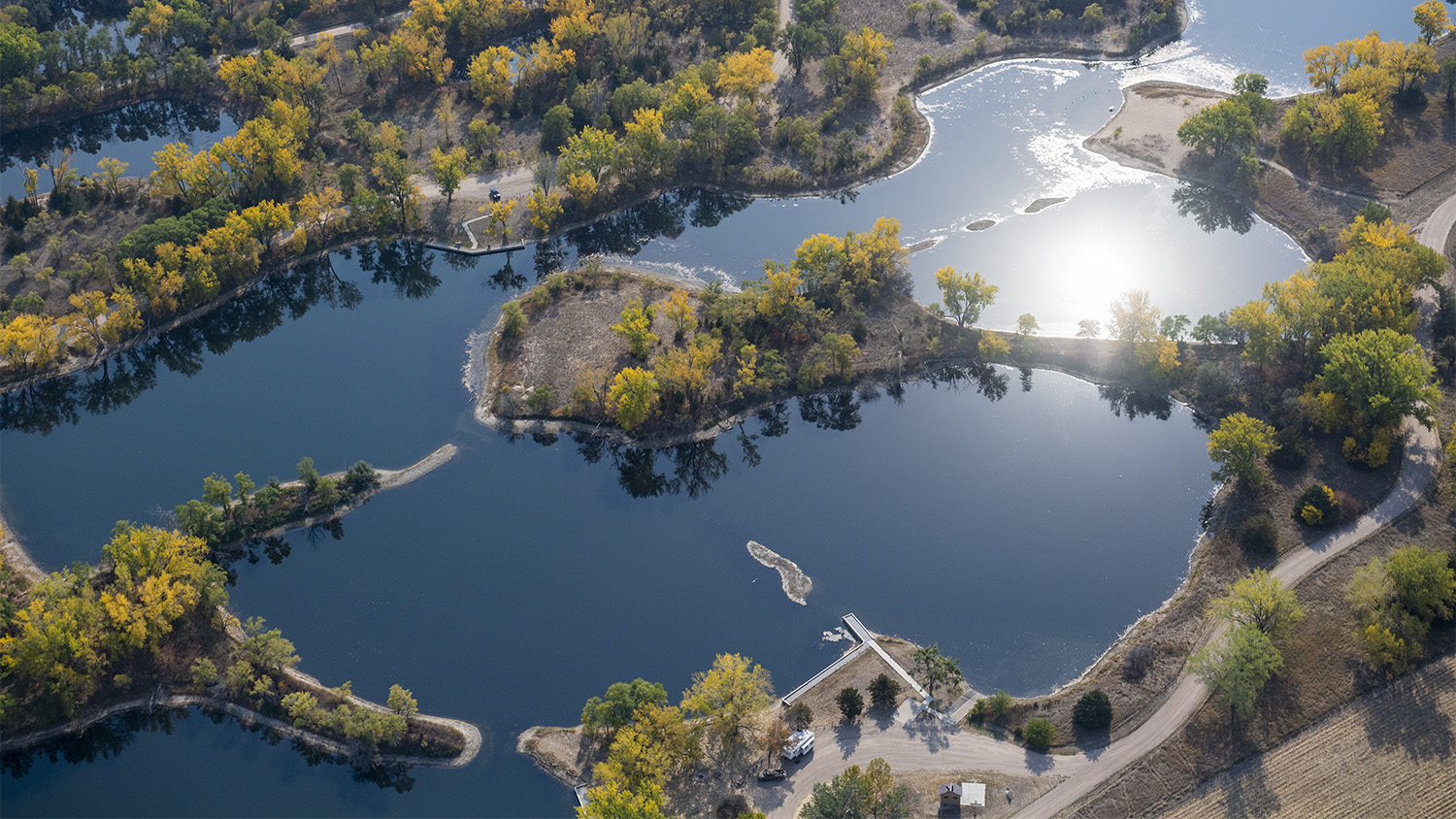
I-80 Lakes Project
A number of I-80 lakes needed improved bank fishing access and higher concentrations of desirable fish.
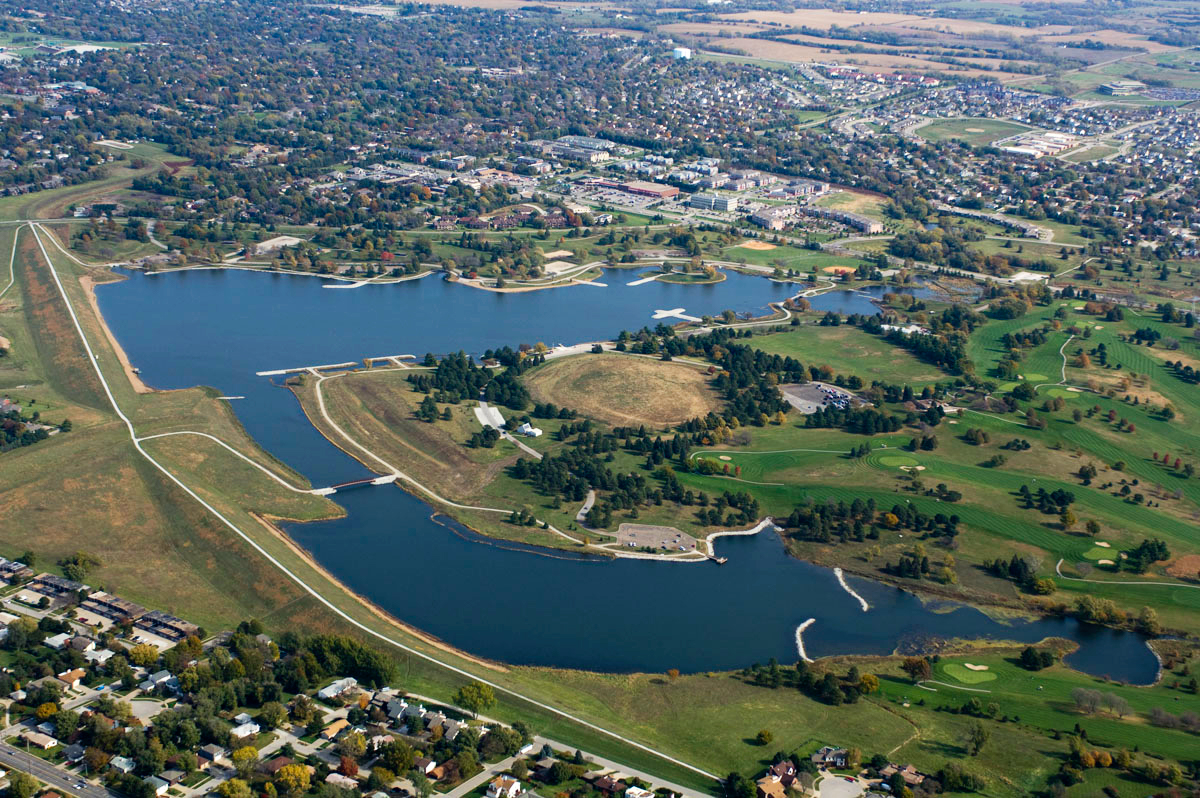
Holmes Lake Project
With the completion of improvements at Holmes Lake, the recreation value of the reservoir was extended 30 years.
History of the Aquatic Habitat Program
The Aquatic Habitat Program is the first of its kind in the nation, and it has received national attention for its innovation.
The Aquatic Habitat Stamp was created in 1997, and its passage through legislation took a tremendous amount of preparation and planning. Still, big questions had to be addressed:
- “How will we prioritize which waters will be worked on?”
- “What are the aquatic habitat problems for each location and how can they be fixed?”
So, planners began identifying waters in the state that were impaired and outlined the work that was needed to restore them. The slogan “New Life for Aging Waters” was born from this effort, and thus, the Aquatic Habitat Plan was created. Funding is restricted to only those waters listed in the plan.
Related content
Fishing Permits
Purchase stamps, resident and non-resident fishing permits here.
About Nebraska Game & Parks
We’re a family of passionate, innovative professionals who work together to connect people to the natural world and support conservation in Nebraska.
